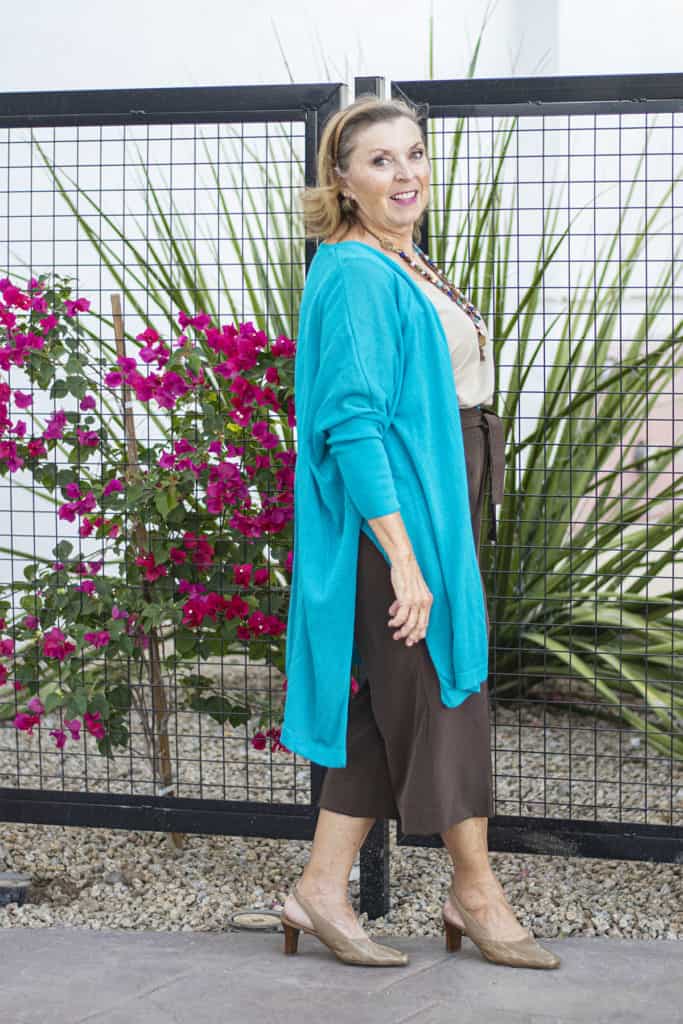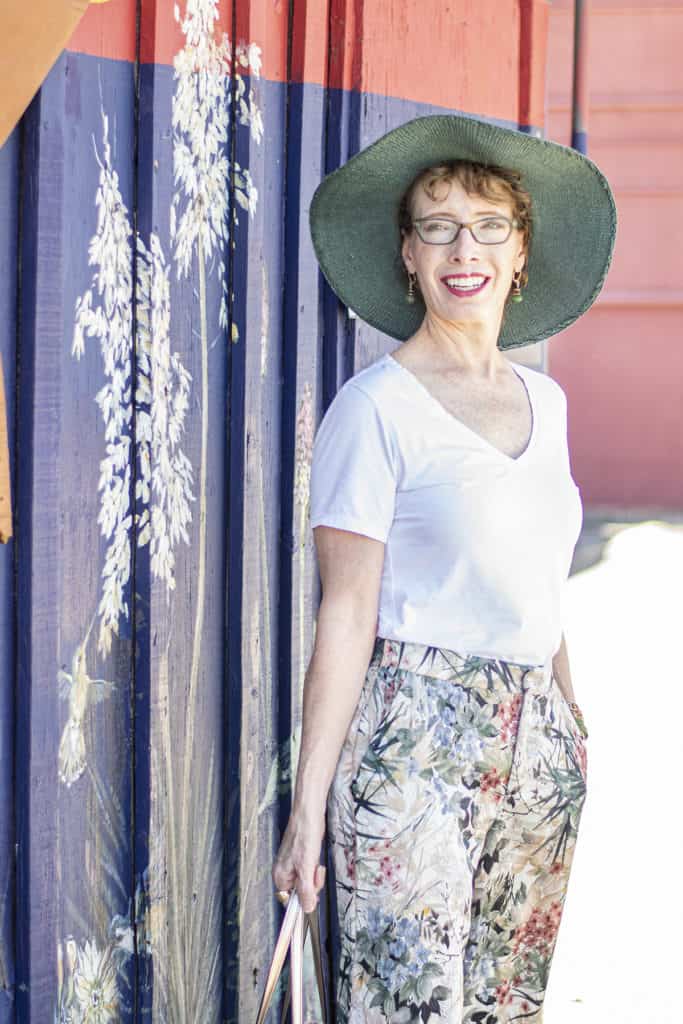6 Questions to Ask Yourself Before Volunteering in Your 60s

I worked in non-profit organizations (NGO’s) for over three decades and, for the most part, enjoyed the time spent with the volunteers that came in to help.
I believe that anyone who provides their time and intelligence to an NGO, without financial reimbursement, is a volunteer and should be treated with respect.
I’ve found it difficult to go by this opinion at times, but it is still ingrained in me. As I continue with my own volunteer path, respect is something I naturally expect in return.
Before deciding to volunteer, it is important to ask yourself some questions to ensure this is the right NGO for you and that the work it does fits with your values and beliefs.
Who Do I Want to Work with?
Think about who you want to volunteer with. What are the causes or issues that are important to you?
Look for organizations which deal with issues that resonate with you. Maybe you already support one financially and would like to do more. Research them online and ensure that their mission and values line up with your own.
Also, consider why you want to volunteer and invest your precious time. Maybe you feel it is time to give back to society and make a difference. Maybe someone you know has used the services of the organization, and this is your chance to say thank you.
There are all sorts of reasons why people volunteer, so make sure you are aware of yours.
How Do I Find NGOs That Meet My Interests and Needs?
Talk to volunteering family, friends and peers. Ask them about the organization they work with and whether they enjoy the work. Check if your city has a volunteer centre, or search the internet. There are many organizations out there looking for the right people to help them move forward in their work.
How Much Time Do I Have Available?
How much time do you have to give an NGO? Do you have a couple of hours each week, each month? Be realistic and, at first, under commit. You can always offer more time once you have ‘tried’ the organization.
Don’t try to fit into their schedule, but do something that fits into your own. Otherwise you could end up trying to juggle other commitments or worse, resenting the NGO and the time you spend there.
If you are unsure of your availability, see if the organization can offer you limited-time, project-based work until you feel sure that this is where you want to volunteer. Ensure that you can get to and from the organization without difficulty and add this time into your calculations.
What Skills Do I Have to Offer?
If you are great at organising, maybe you could sit on an event planning committee. Or, if you are good with computers or data programs, you could offer to do data entry.
One organization I worked with had an annual need to do a great deal of data entry in a limited time. We had great volunteers who only wanted to do this work.
Another option is learning something new that will help your volunteering work. A lot of NGO’s are constantly looking for individuals who don’t mind learning or developing a new skill. Just make sure you are willing to commit both the time to learn and to engage in the role once your learning is complete.
There is nothing more frustrating – and costly – to an NGO than a volunteer who has received training but doesn’t want to take on the required role.
It’s always helpful to consider your personality. If you hate talking to strangers, then volunteering to sit at a large gala and sell raffle tickets may not be the place for you. Equally important is to be clear about what you don’t want to do, so that the NGO will not offer you a role that you will hate from the start!
What Questions Do I Have for Them, What Questions Will They Have for Me?
Just because you feel it is time to volunteer does not mean an NGO will welcome you immediately with open arms! These days, NGOs must do due diligence when accepting volunteers, particularly those working with vulnerable populations, such as children, elderly and disabled individuals.
When you contact an organization offering to volunteer, they will most certainly invite you in for an interview, which will also allow you to interview them at the same time.
Most organizations require a volunteer application, and others, like those mentioned above, may ask you to have a criminal record check. NGOs often need to ensure that your interests and theirs are aligned and that you are able and committed to doing the work for which you are volunteering.
This is also your time to ask your questions, so prepare as if you were interviewing for a job. Think about what you want to know about the NGO that wasn’t available in the research you did.
What are the benefits they offer to volunteers? What happens if there isn’t a fit or the role you’ve been given doesn’t meet what was described to you? This time allows both you and the NGO to ensure there is a right fit for you and your skills.
Do I Always Have to Be On-Site to Volunteer?
In our digital world, it should be no surprise that there are organizations who welcome virtual volunteers. With a computer, there are many roles that can be done virtually, such as providing support and advice in the legal, business or other expertise.
There are tutoring or mentor roles, editing or writing proposals, typing up papers for disabled persons – the possibilities are endless. If you are unsure about the time you have available or you need flexibility, virtual volunteering may be a great way to begin your volunteer career.
Don’t give up if the fit doesn’t quite feel right. Think about what could make it better and talk to your organizational contact person about the changes that could improve the situation.
Organizations will have different volunteer opportunities, so think about the experience you want to have, make sure it meets your needs and that you enjoy the work you have been given.
Take the time to do your research before you dive in. This is your free time, and you want to have fun as well as doing good and feeling fulfilled!
Have you considered being a volunteer? What kind of work are you interested in? If you already volunteer, what group do you work with? Please share your thoughts and experiences with volunteering below.
Read More









